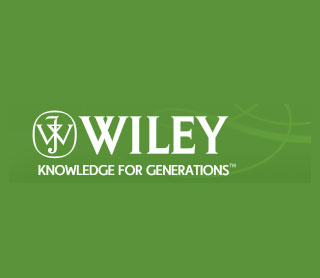
In order to determine the effectiveness of tamoxifen, experts used a mathematical model for simulating a post-menopausal population under age 55 years in a virtual clinical trial comparing tamoxifen treatment with no treatment. Tamoxifen therapy was modeled on the basis of an analysis that comprised four randomized, placebo-controlled cancer prevention trials. Also the effects of the breast cancer preventing drug on women’s breast cancer risk for 10 years following the end of treatment was analyzed.
“In this group of women, using tamoxifen to prevent breast cancer saves lives and has a low frequency of side effects,†said Dr. Peter Alperin, MD, of Archimedes Inc. in San Francisco. “Specifically, chemoprevention with tamoxifen prevents 29 breast cancer cases and 9 breast cancer deaths per 1,000 women treated, and it saves $47,580 per 1,000 women treated in the United States.â€
Authors obtained cancer incidences and survival information from the Surveillance Epidemiology and End Results cancer registry. Factors such as non-cancer disease incidences, quality of life, and costs were gathered from the medical literature. It was observed that tamoxifen benefitted maximum for post-menopausal women aged 55 years and younger with a 5-year risk of developing breast cancer of 1.66 percent or greater. The threat of side effects appeared minimal among these patients.
The study findings can seemingly aid physicians and their patients to detect optimal breast cancer prevention options for individual women based on their current health and demographic profile. Scientists also employed mathematical modeling and cost-effectiveness analyses to examine different prevention strategies and evaluate their impact on health and economic outcomes.
The study is published early online in CANCER, a peer-reviewed journal of the American Cancer Society.
